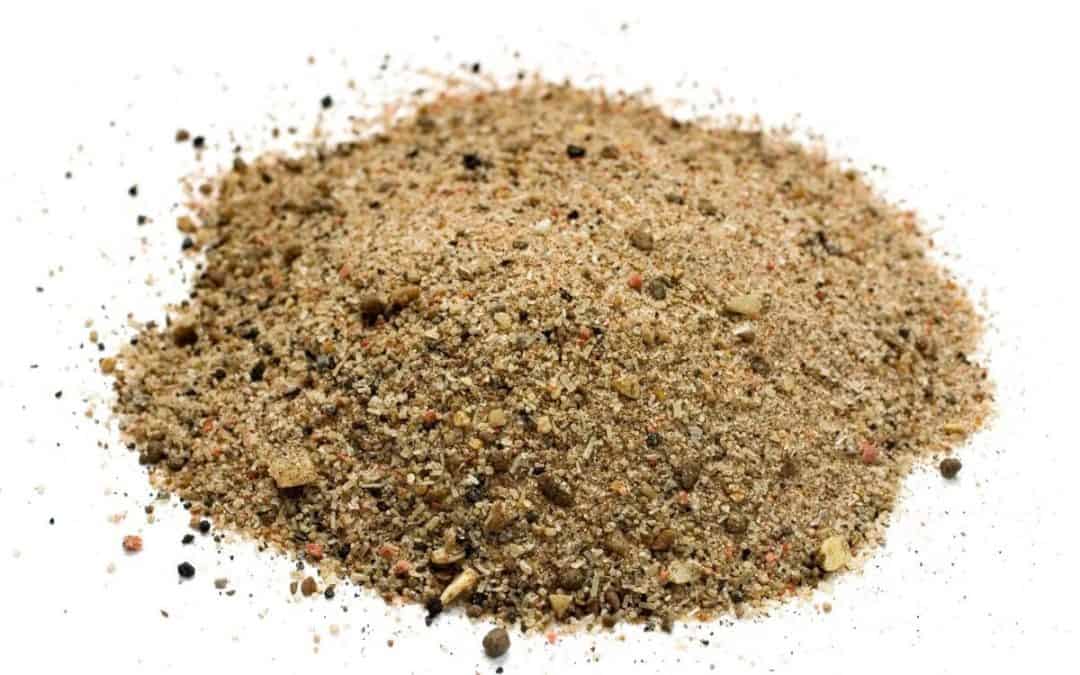Buy Bone Meal Fertilizer Now
What Is Bone Meal Fertilizer? Gardeners often consider adding organic nutrient sources, as part of their regular garden care, to enhance the condition and increase yields. One of the most common soil amendments is bone meal derived from animal bones. This type of organic soil conditioner is produced as it sounds, and usually made from ground beef bones, which can be used by plants for the nutrients they contain like zinc, phosphorous, magnesium and calcium. The bones are cleaned, steamed and ground to a fine consistency for use as organic fertilizer. The bones provide calcium and phosphorous, which helps plants build strong roots and produce abundant flowers and food. Bone meal and blood meal have been used as valuable soil amendments around the world for many hundreds of years, and are particularly helpful when you first plant seeds and bulbs. Here are a few tips about bone meal that explain how it should be used and the care needed for proper application.
How To Use Bone Meal Fertilizer in Your Garden Soil
Bone meal is generally used to increase the amount of phosphorus in the soil. When considering adding nutrients with garden fertilizers, gardeners must look at the NPK number that is listed on the bag. NPK stands for nitrogen, phosphorus and potassium and the numbers tell you the amounts of each nutrient by ratio. Each of these nutrients helps plants in different ways. Bone meal has an average NPK of 3-15-0, which makes it a rich source of phosphorus for plants. Bone meal should be worked with care into the soil with a shovel or trowel at a rate of 10 pounds per every 100 square feet. For potted plants, mix one cup or less with a gallon of pure water and use immediately. The compound will continue to release phosphorus and other nutrients continuously into the garden soil over a period of about 4 months.
Can Too Much Bone Meal Kill Plants?
Bone meal fertilizer and blood meal are generally safe to use in gardens. They provide nutrients and will not “burn” plant roots like some non-organic fertilizers. Of course, you should work the bone meal fertilizer well into the soil surface and gently water in to help absorption of the nutrients. Bone meal may attract pets and animals to it, so use only the amount needed and store the rest carefully away. You should also only use the amount needed on your farm or garden plants to avoid runoff of phosphorous into nearby waterways, which can increase algae growth.
Our Picks
Jobe’s Organics Bone Meal – Available on Amazon
Jobe’s offers a wide range of products for both indoor and outdoor gardening. Their Organics line is definitely all it’s advertised to be.
Pros for Jobe’s bonemeal
· Experienced gardeners like Jobe’s brand for their reliability
· Easy-to-pour packaging
· Lower nitrogen content to prevent overgrowth of plant greenery on flowering or fruiting varieties
Cons for Jobe’s bonemeal
· “Prill” process that reduces dust also takes longer to break down in soils.
· Slightly more expensive than other bone meal fertilizers.
Miracle-Gro Nature’s Care Organic Bone Meal
Miracle-Gro gardening products have a devoted base of fans for all sorts of reasons. The one product of theirs we’re most interested in discussing today though is their Miracle-Gro Nature’s Care Organic Bone Meal. All of their organic products have accurate formulation info on the label and this one in particular uses bones as a natural fertilizer at a rate of 6-8-0. Their Nature’s Care Organic Bone Meal will feed soil microbes and make more nitrogen and phosphorus available to make your plants thrive and fruit.
Pros
· Gardeners like the granulated form, which makes it convenient to apply
· Affordable pricing
Cons
· Bone meal granules must be careful worked into soils to avoid consumption by animals.
· Nitrogen content of 6, which may be more than gardeners usually want.
· Not recommend for those who like container planting
More Options for your Garden

Make Your Garden Grow With Burpee Bone Meal
Pros of Burpee bonemeal:
· Semi-granulated form is easy to spread and breaks down quickly in soil.
· Moderately priced
Cons:
· Higher available nitrogen levels and lower phosphorus amounts than other types of bone meal
· More expensive than other organic bone meal brands
· Some may not like the semi-granulated form, which makes the product somewhat messier to use than other brands.
Soil Nutrients Provided by Bone Meal
Bone meal provides the following: Phosphorus, some nitrogen, zinc, calcium, magnesium and traces of iron for healthy growth, flower production and disease resistance. Bone meal information from a variety of articles we researched also states that it is a rich source of calcium, which helps to maintain proper chemical balance in the soil, reduces salinity in soil and improves water absorption. The calcium available in bone meal also neutralizes soil acids and improves the metabolism of carbohydrates in plant cells for a boost to chlorophyll production. Introduction of bone meal into the soil can often save older trees and shrubs who have been in the same soil for many years.
What Plants Benefit From Bone Meal?
Any plant that lacks phosphorus will benefit from the addition of bone meal to the soil, but some varieties benefit more from phosphorus-rich soil. Bone meal and blood meal are used as fertilizers and soil amendments by people who grow roses, to increase flower budding and blooms. Annual flowering plants need a significant amount of phosphorus in the soil for fast budding and blooming in the warm months. Food crops that grow in cooler weather also benefit from the addition of phosphorus to soil. It can be used when you plant bulbs and to condition soil for trees and shrubs. Food crops such as lettuce and beans use up phosphorus quickly to produce above-ground plants, but short root systems. Note: tomatoes, which are heavy feeders, also benefit from additional bone meal in soil. So, which variety will work best?
Jobe’s Organics Bone Meal Fertilizer – 4 lb. on Amazon.com
The Jobe’s Organics Bone Meal Fertilizer in a 4 lb. bag comes out on top. The product offers an easy-open bag, a process to reduce dust during application and guaranteed nutrient analysis of 2-14-0 NPK. The product provides additional phosphorus for a growing plant for 3 months. The product provides Jobe’s brand name reliability in a convenient, easy-to-use form, with good results.
Bone Meal Fertilizer Application
Organic bone meal can be applied when you plant seed or transplant young seedlings, as well as throughout the growing season. This organic soil amendment has the consistency of a fine powder, which can be applied directly to plant rows or broadcast over the garden area, as long as there is no wind to scatter it. For large areas, apply at 10 lbs. per 100 square feet. Work the organic bone meal into the soils thoroughly and water to disperse the powder deeper. If you are adding bone meal to your garden during the growing season, gently fork the powder into the soils around the base of plants, being careful not to break plant roots. Water generously. This method can also be used for container gardening.
Concerns about Mad Cow Disease? This question often comes up because as the CDC documented, BSE or Bovine spongiform encephalopathy, the neurological dosorder sometimes referred to as ‘mad cow disease’, may have been the cause of major outbreaks in the past when ingredients that included animal bones were used in livestock feed. While the beef bones used in these products should be safe, definitely handle with care and avoid inhaling any of the dust. One way to do that would be to stick to a liquid variety.
Growing Food? Foliar Feeding For Garden Plants
If you are vegetable gardening, you can get the benefits of organic bone meal to increase gardening yields by foliar feeding. This measure involves using a liquid formulation of bone meal that is sprayed directly onto the leaves with care. Foliar feeding allows faster absorption of the phosphorus and other nutrients to increase flower budding and fruit production.
Soil enrichment is an important part of the successful gardener’s toolbox. Whether you are growing flowering plants, shrubs or vegetables, bone meal and blood meal can offer benefits to make your garden plants grow strong, resist disease and provide an abundant yield. A soil test will help you to understand whether bone meal can benefit your garden’s soil nutrient levels.
Article source information:
https://www.agriculture.nh.gov/publications-forms/documents/consumers-guide-to-fertilizers.pdf
https://s3.wp.wsu.edu/uploads/sites/403/2015/03/bonemeal.pdf
Learn more: Check out the full content library in one place on our blog



